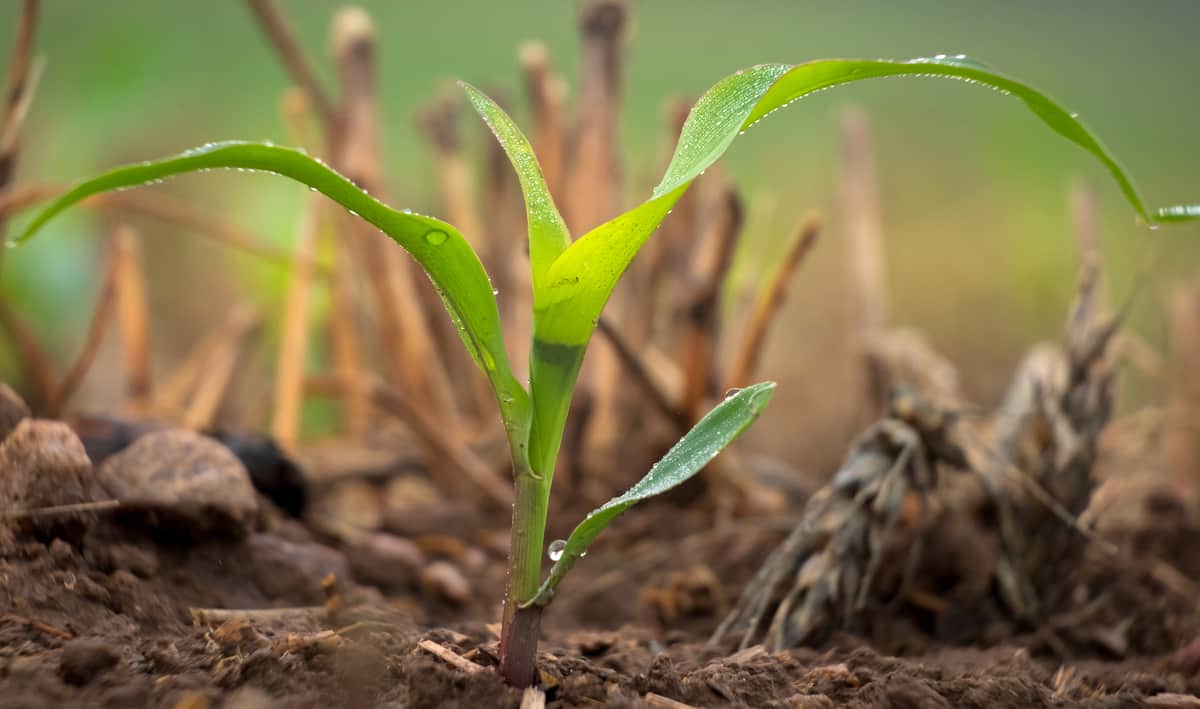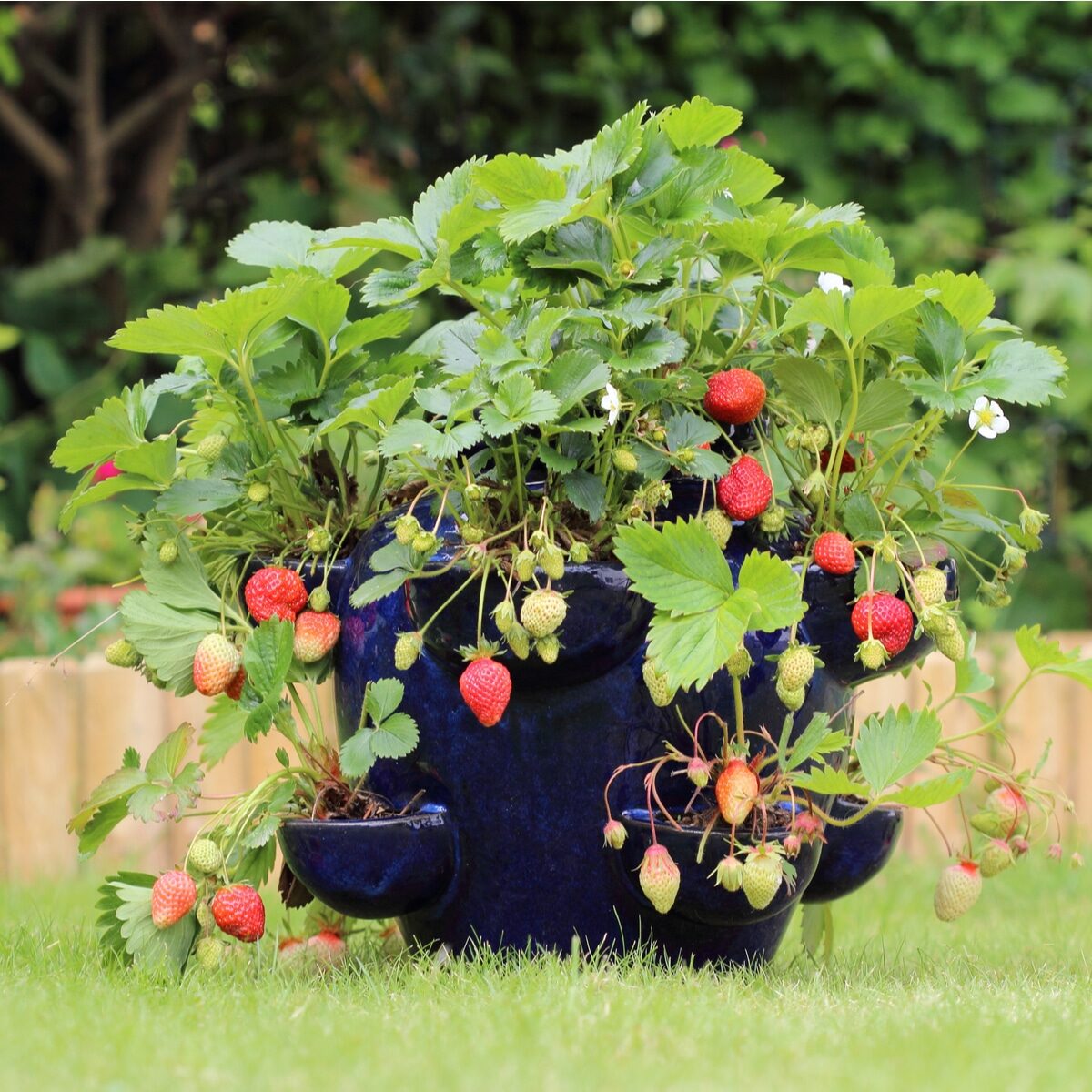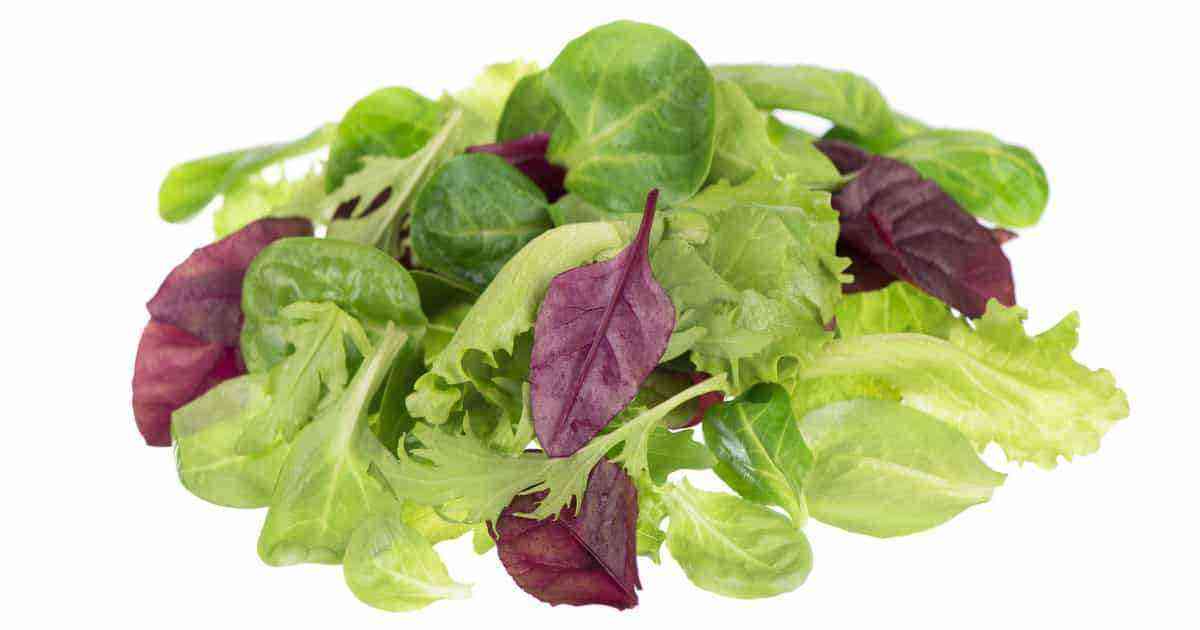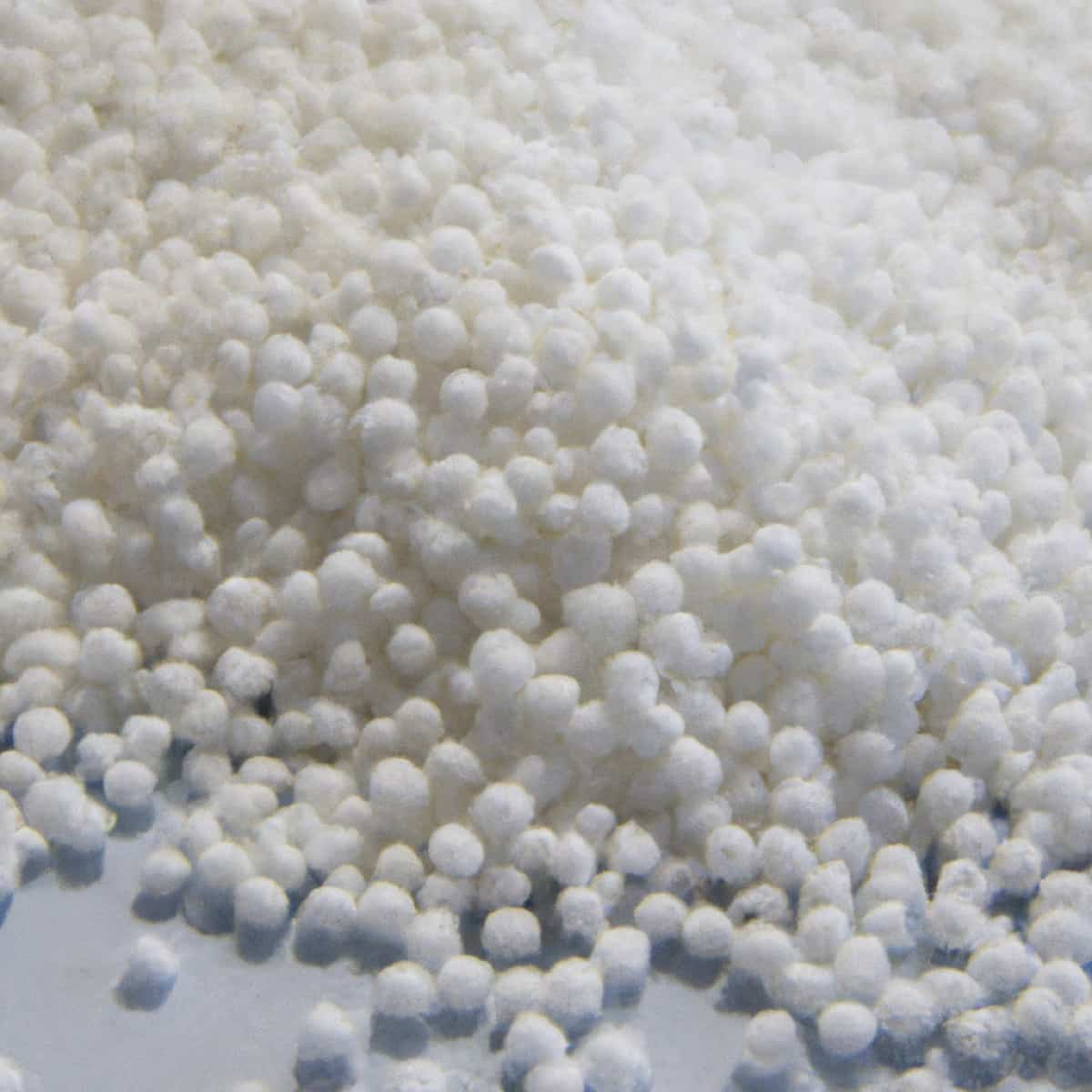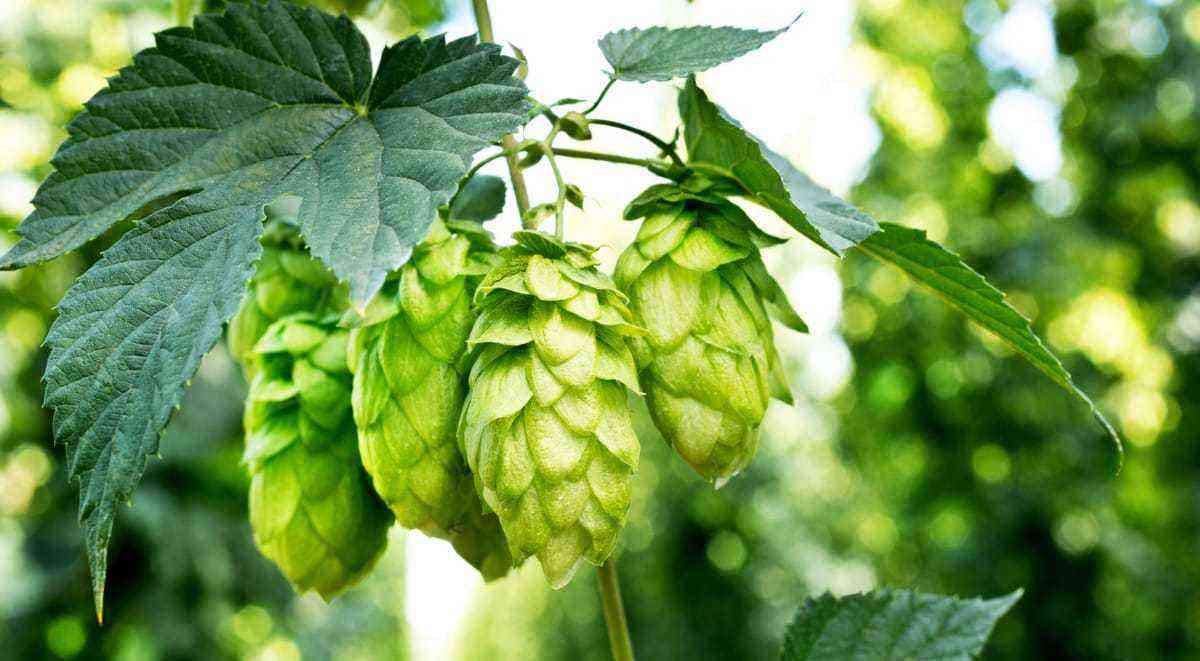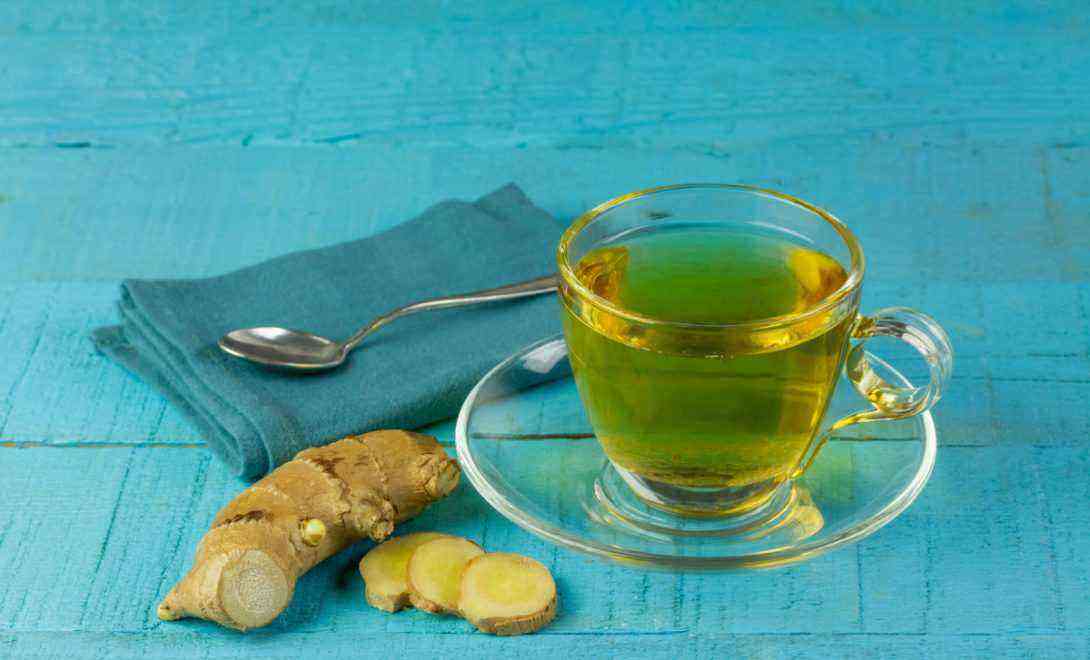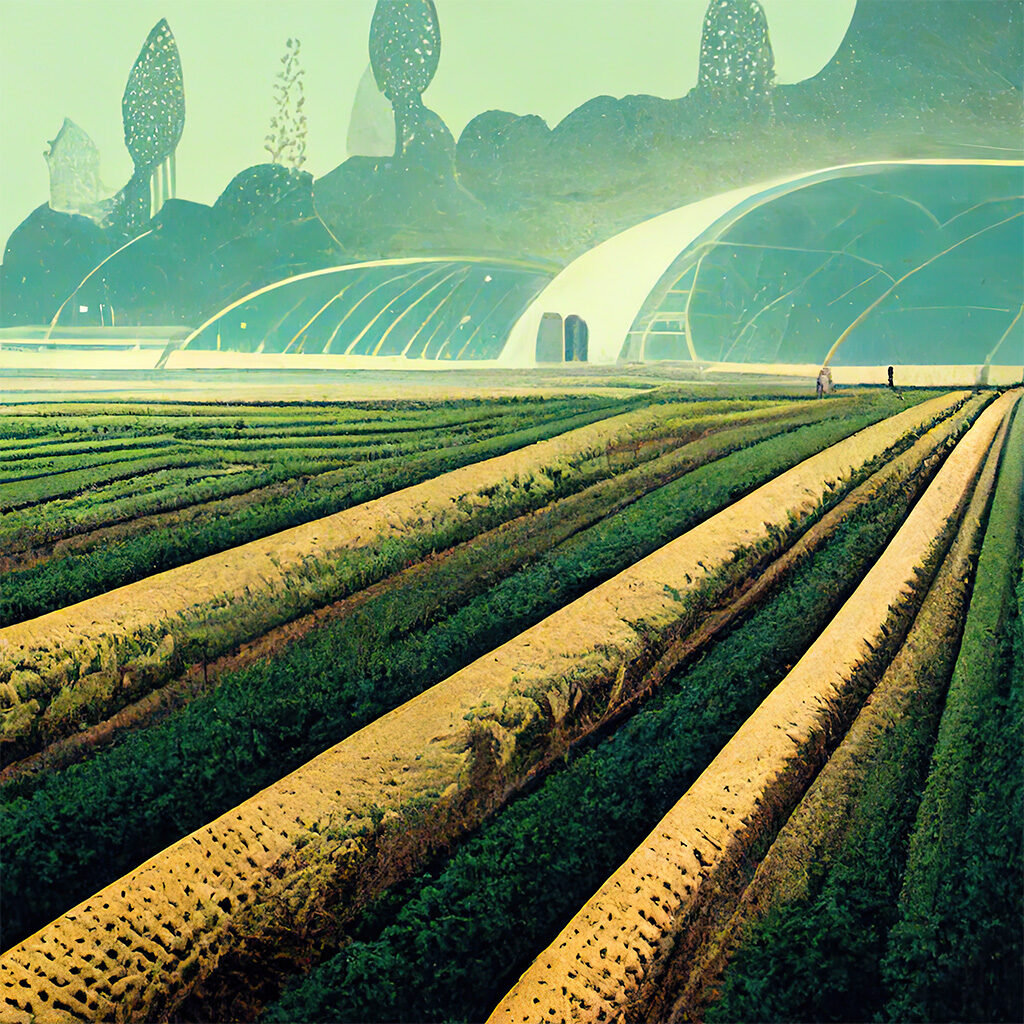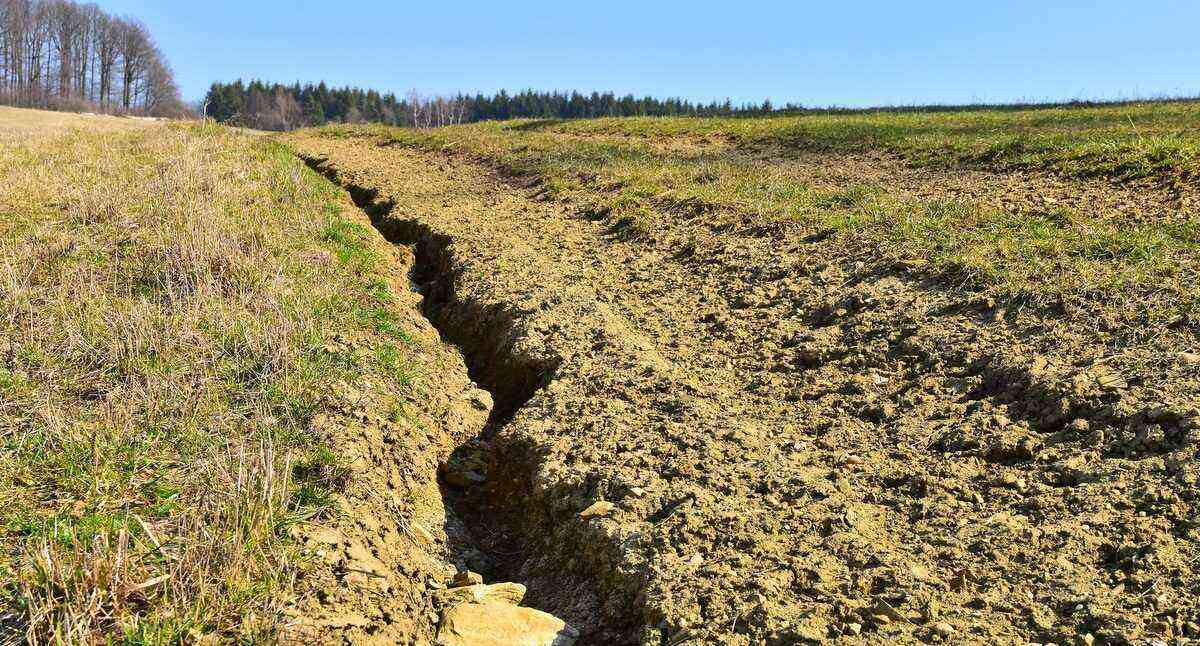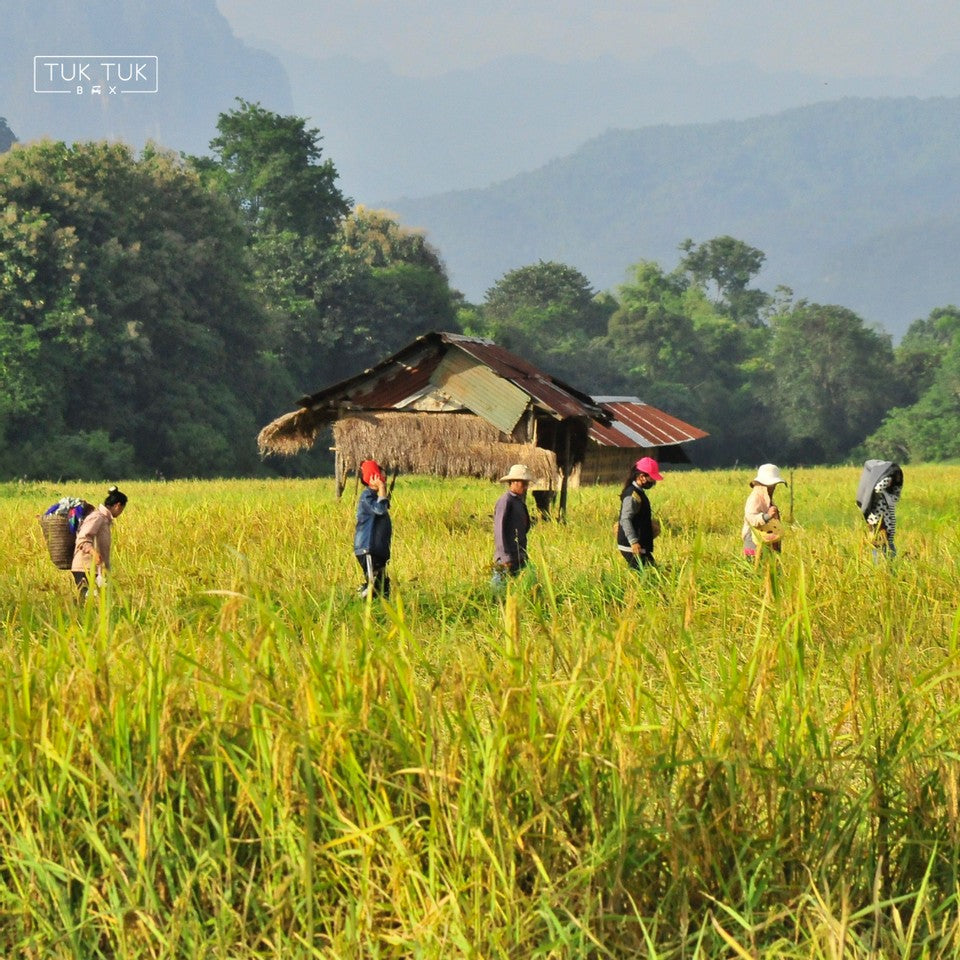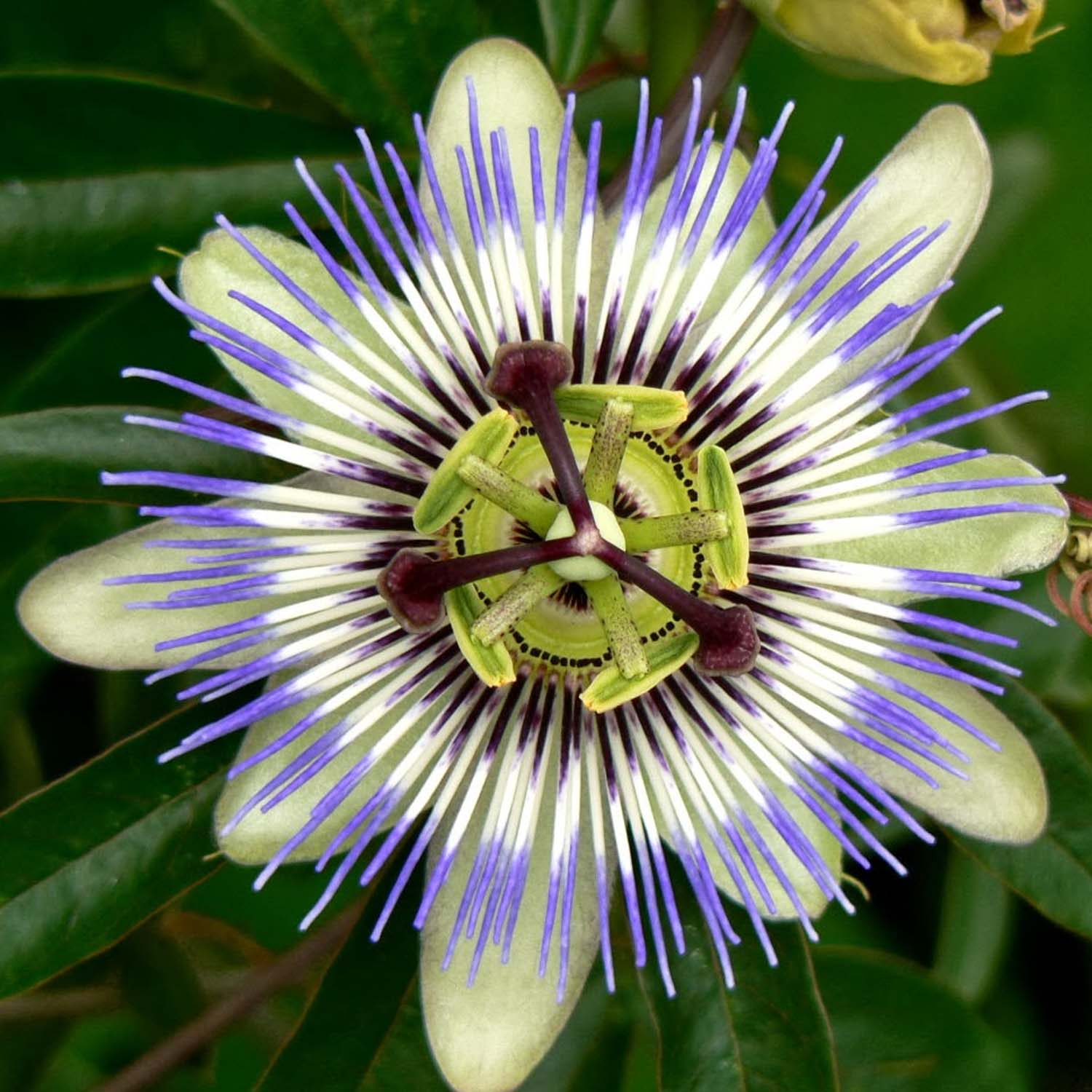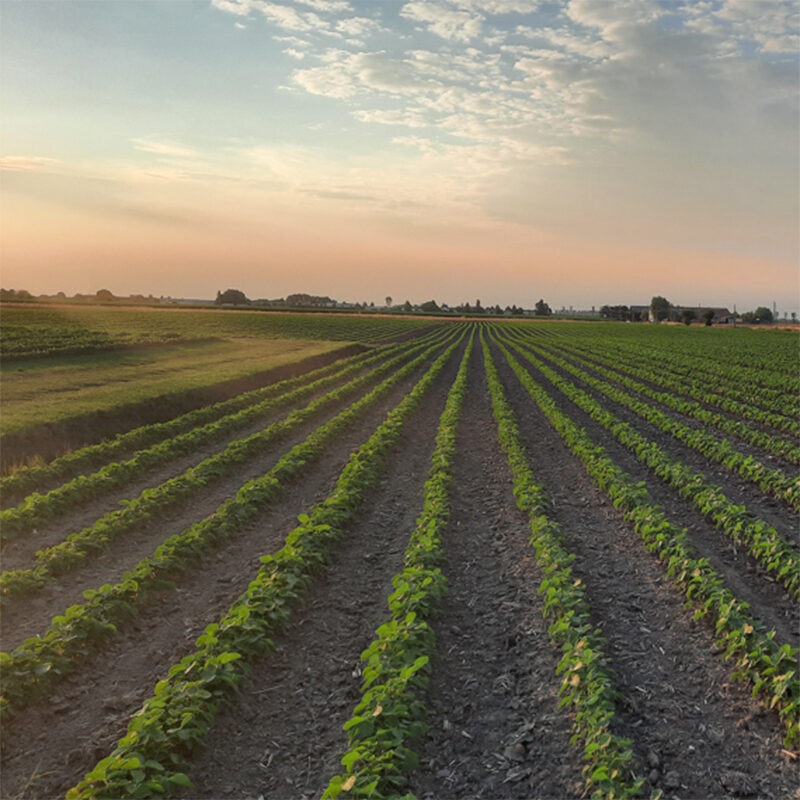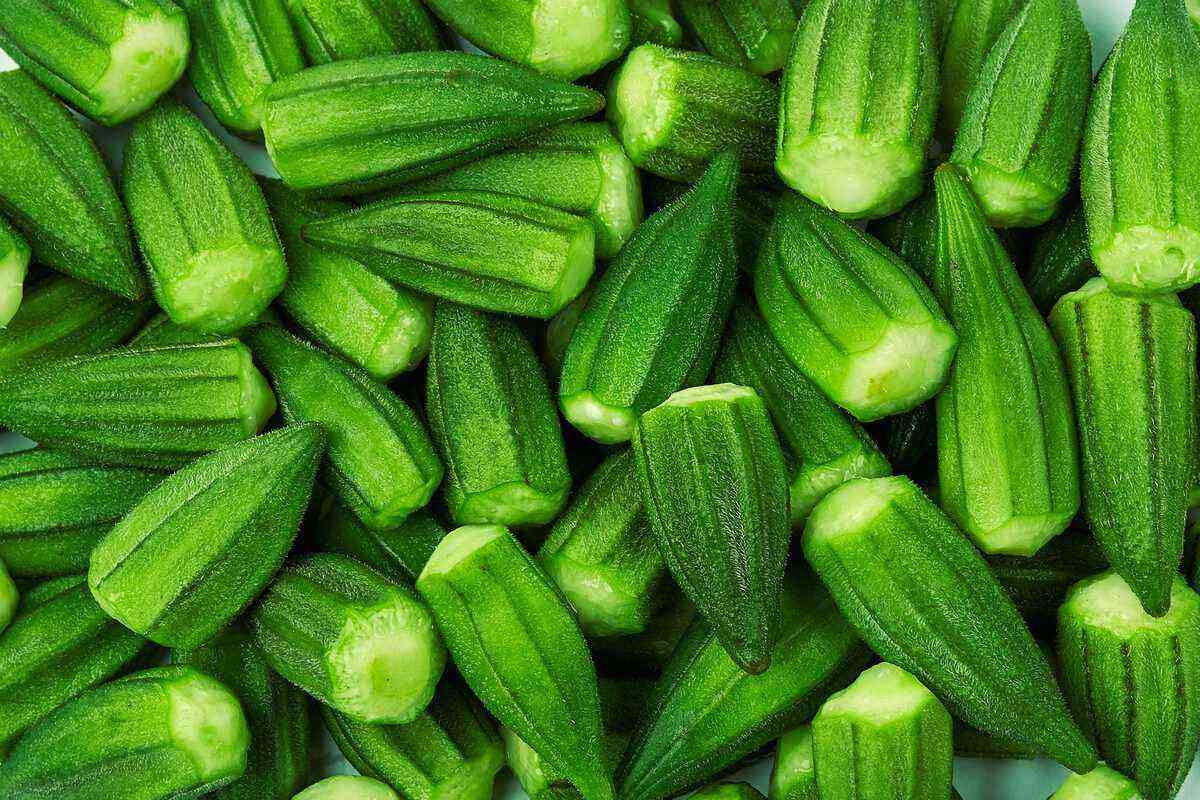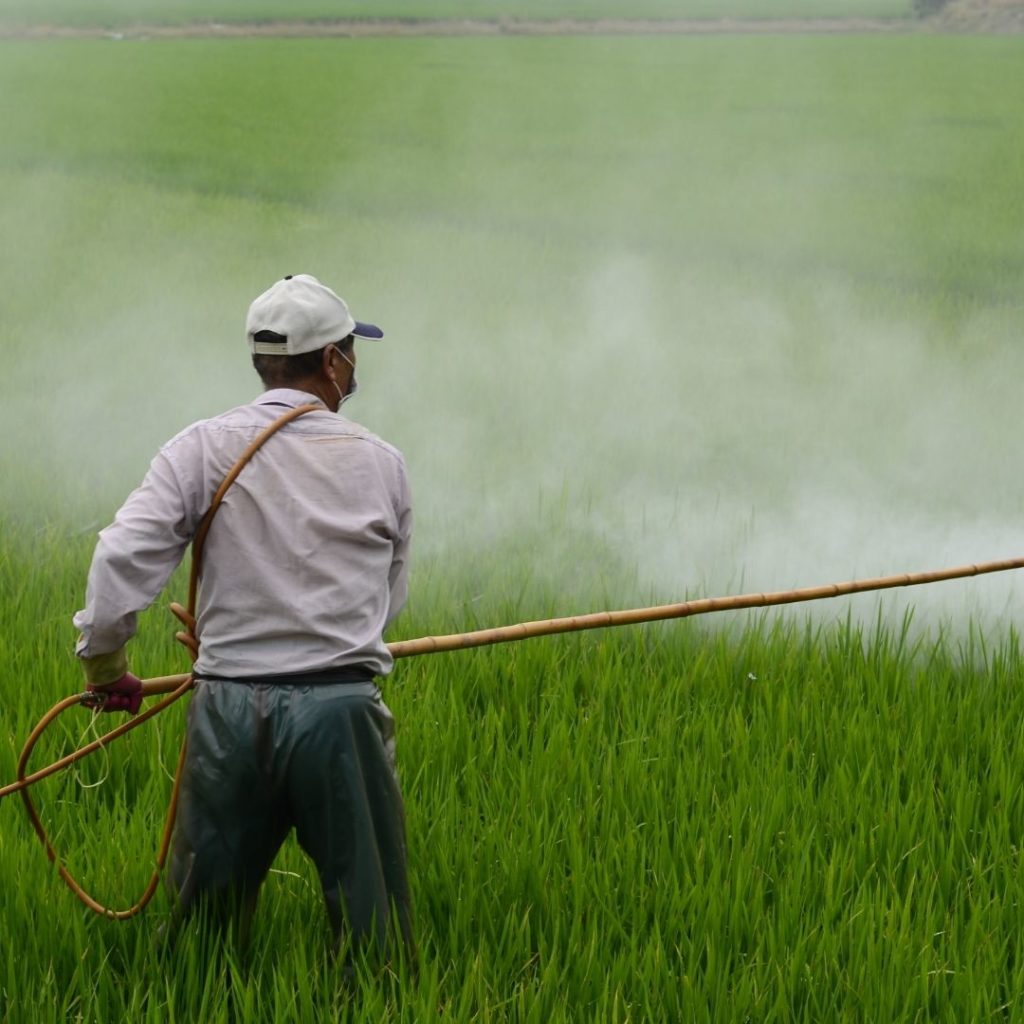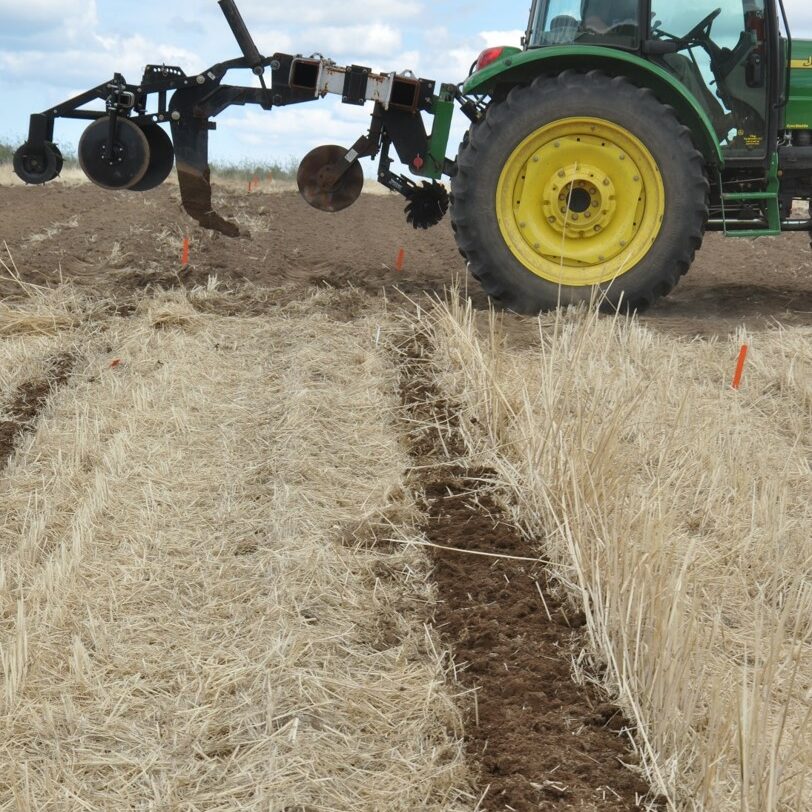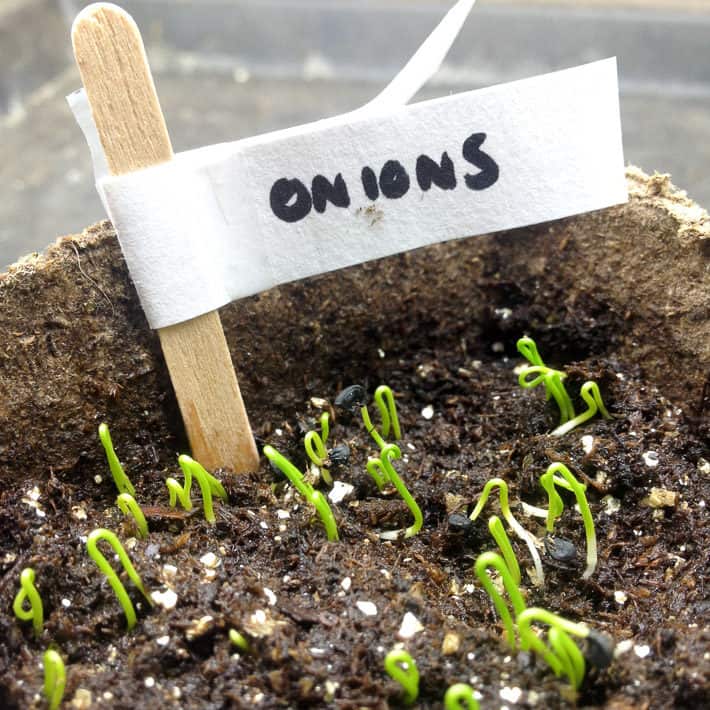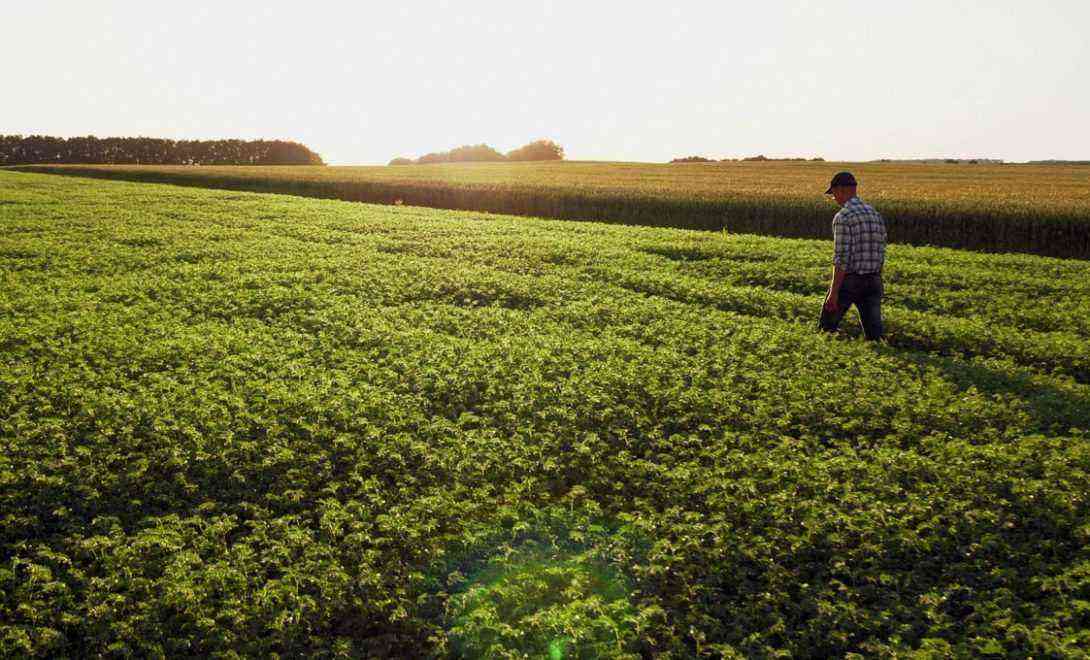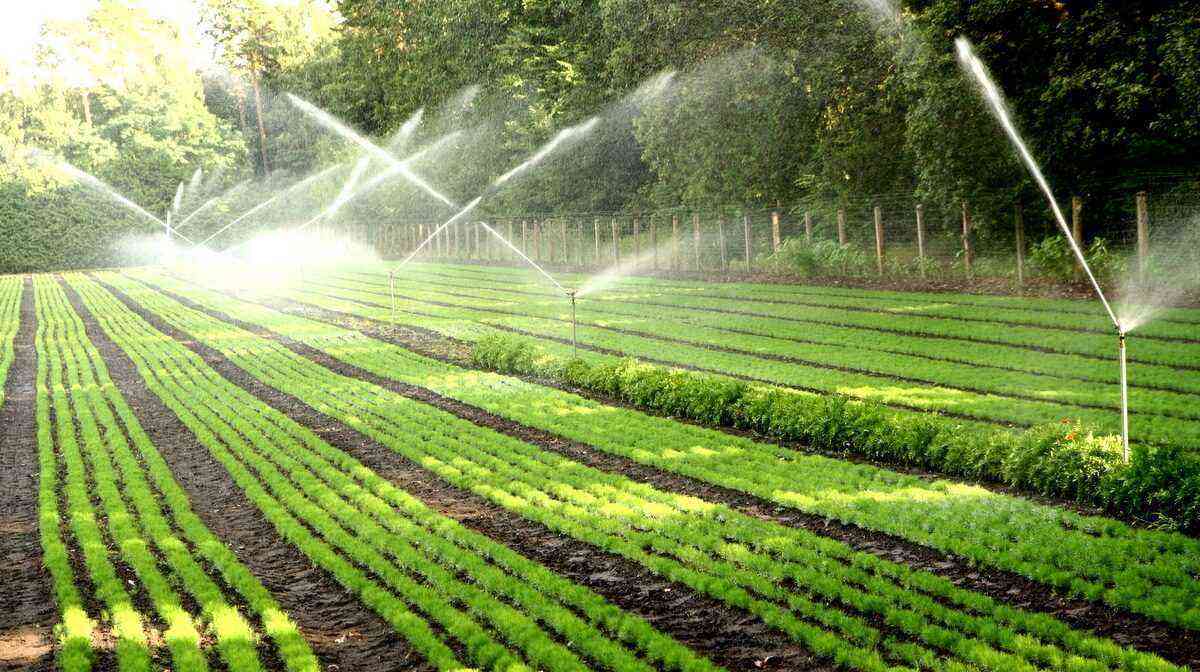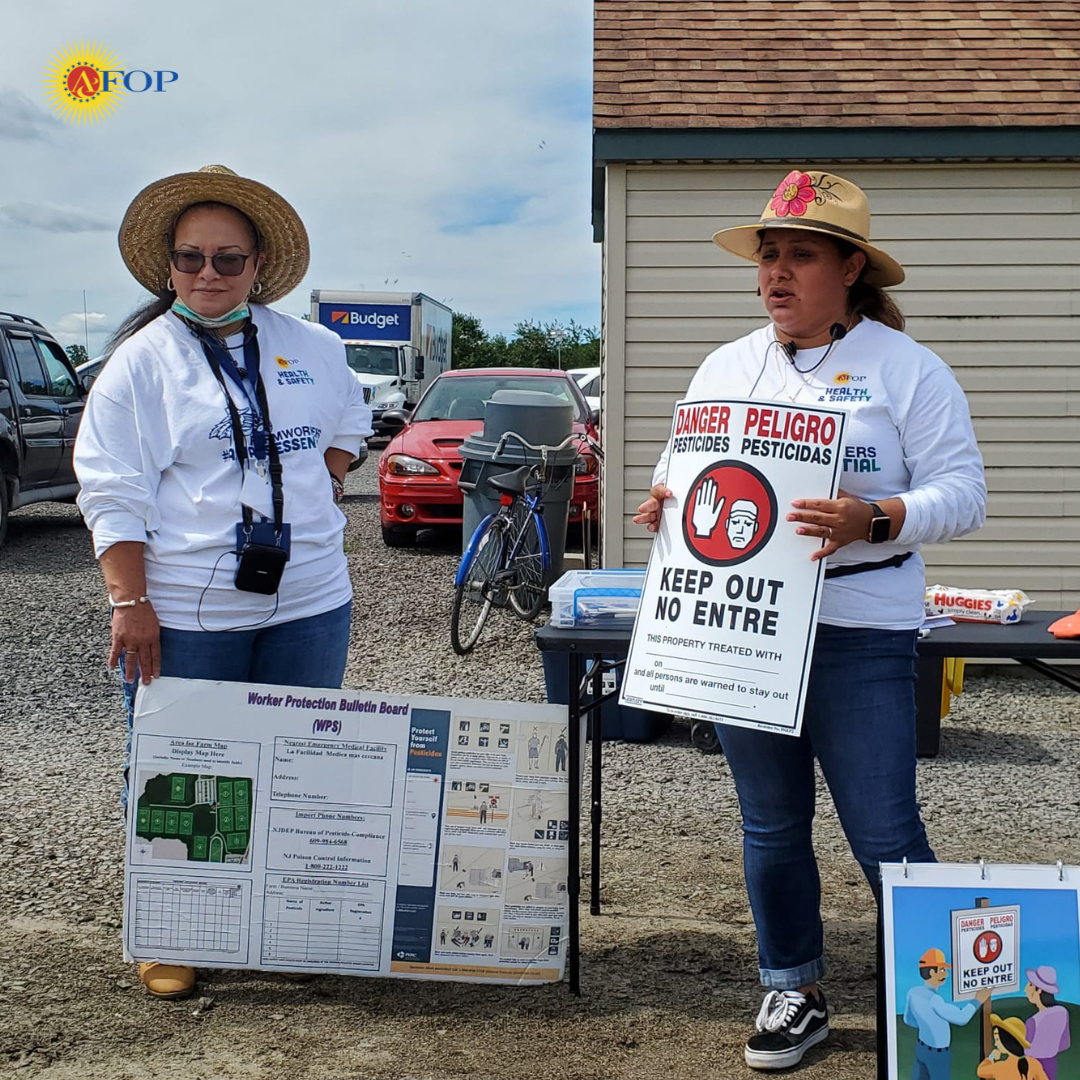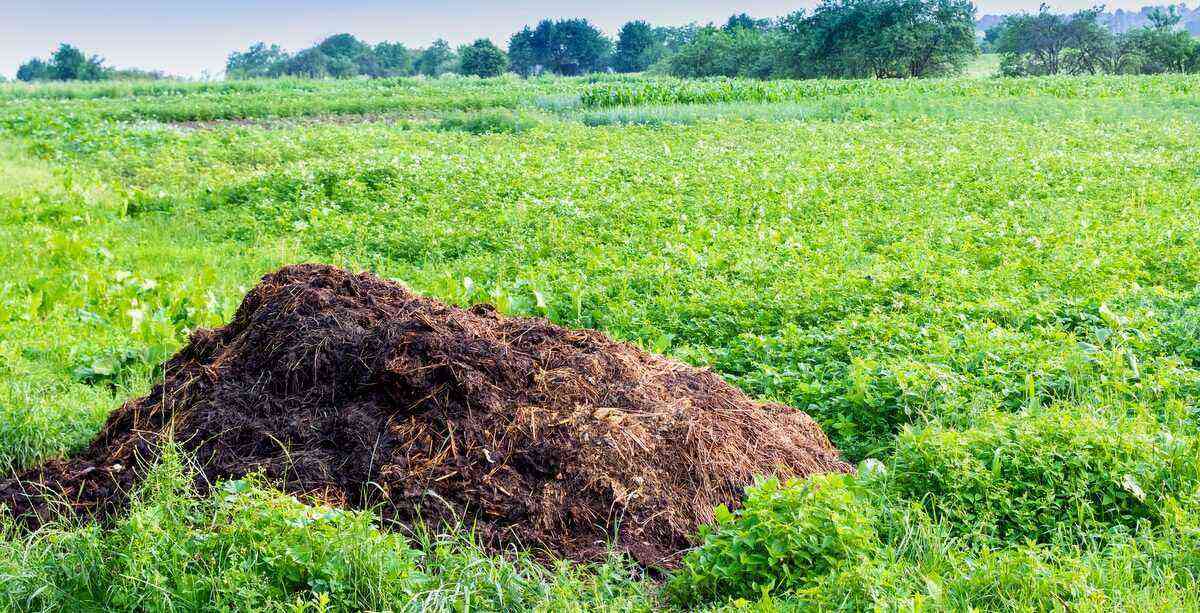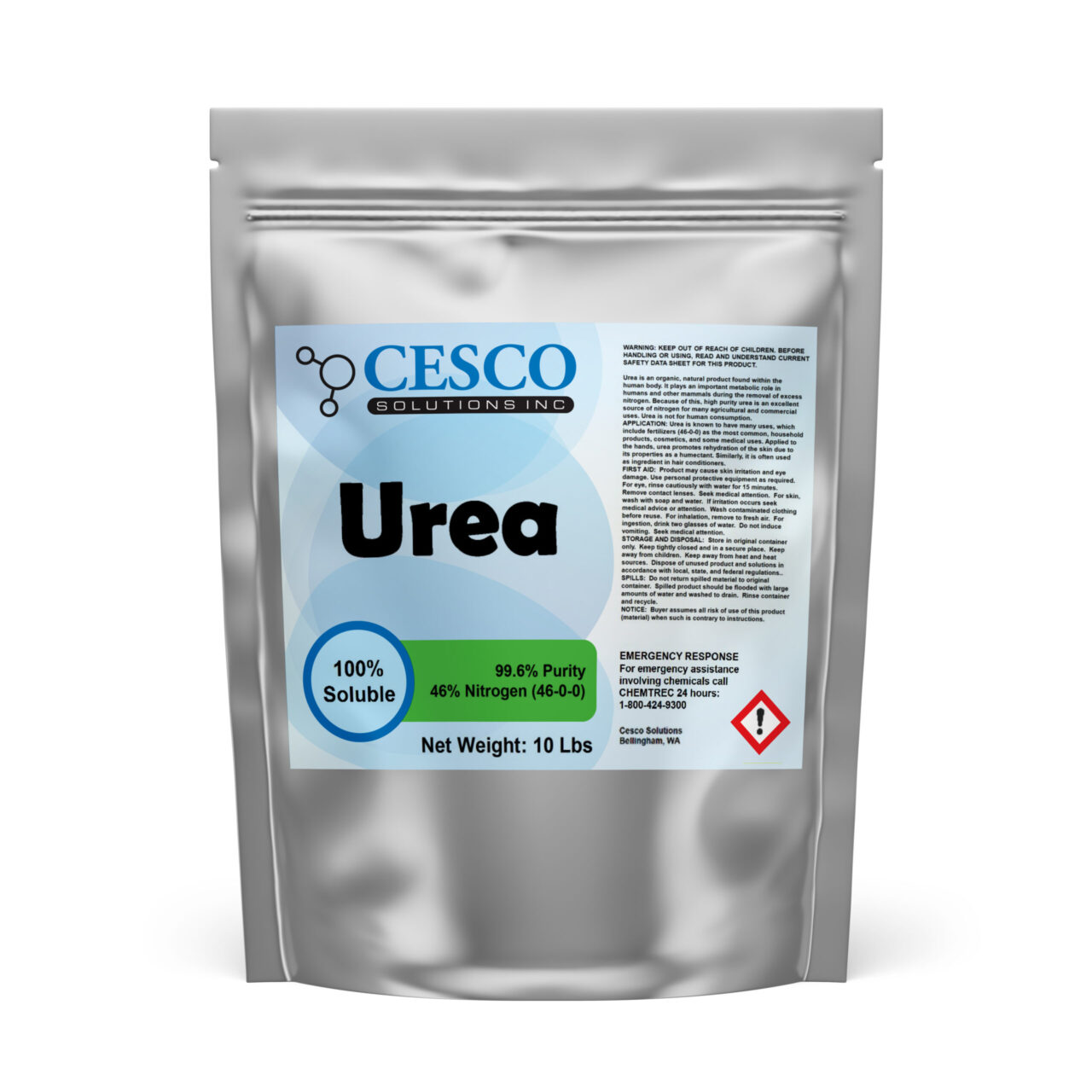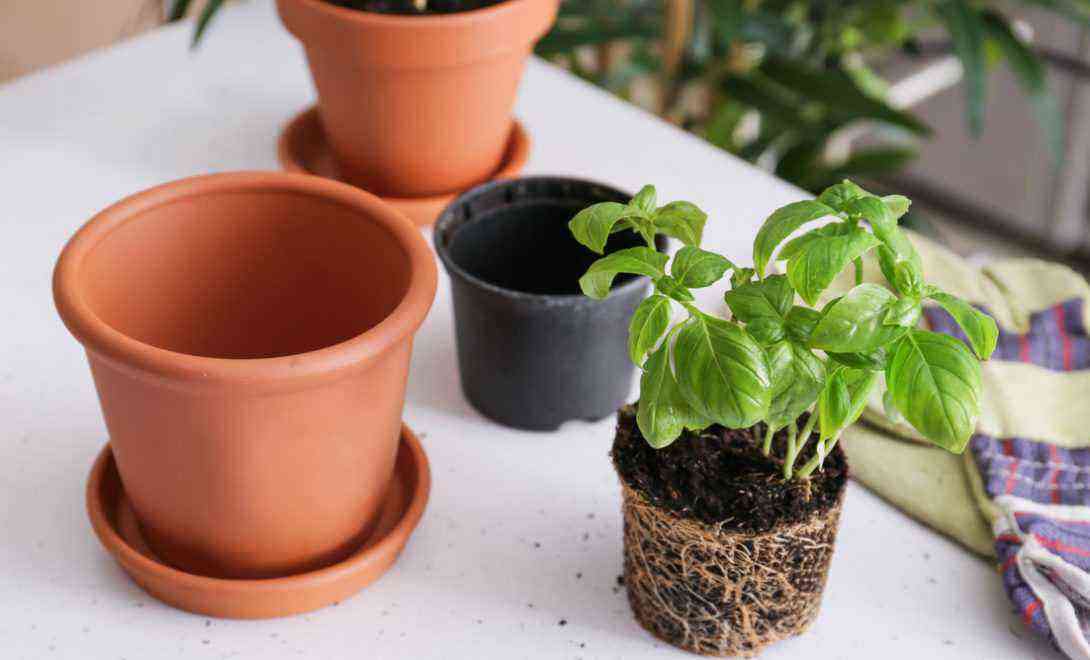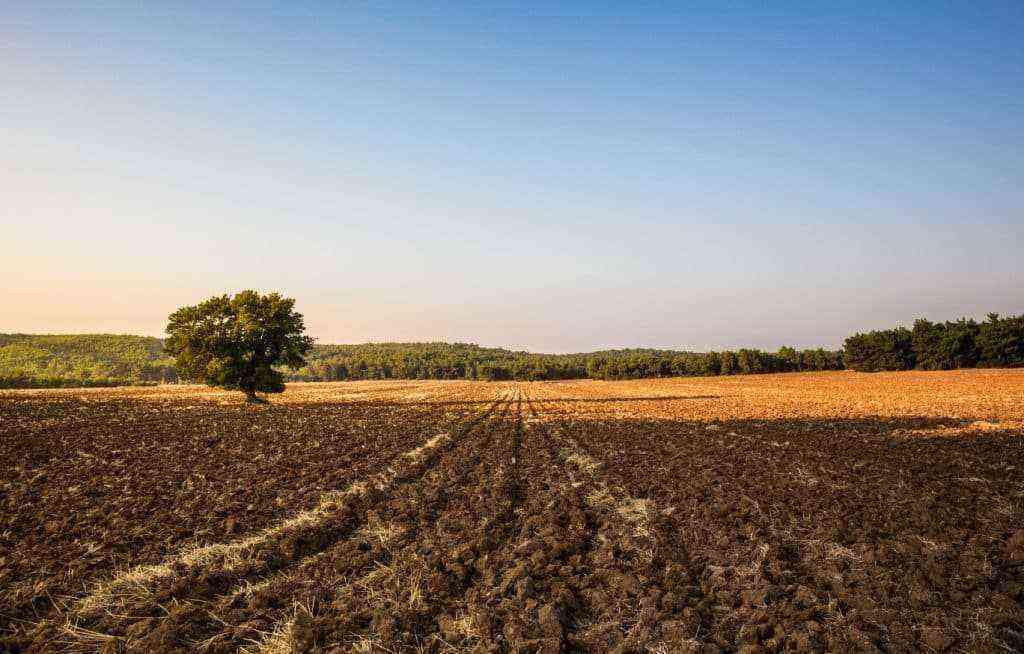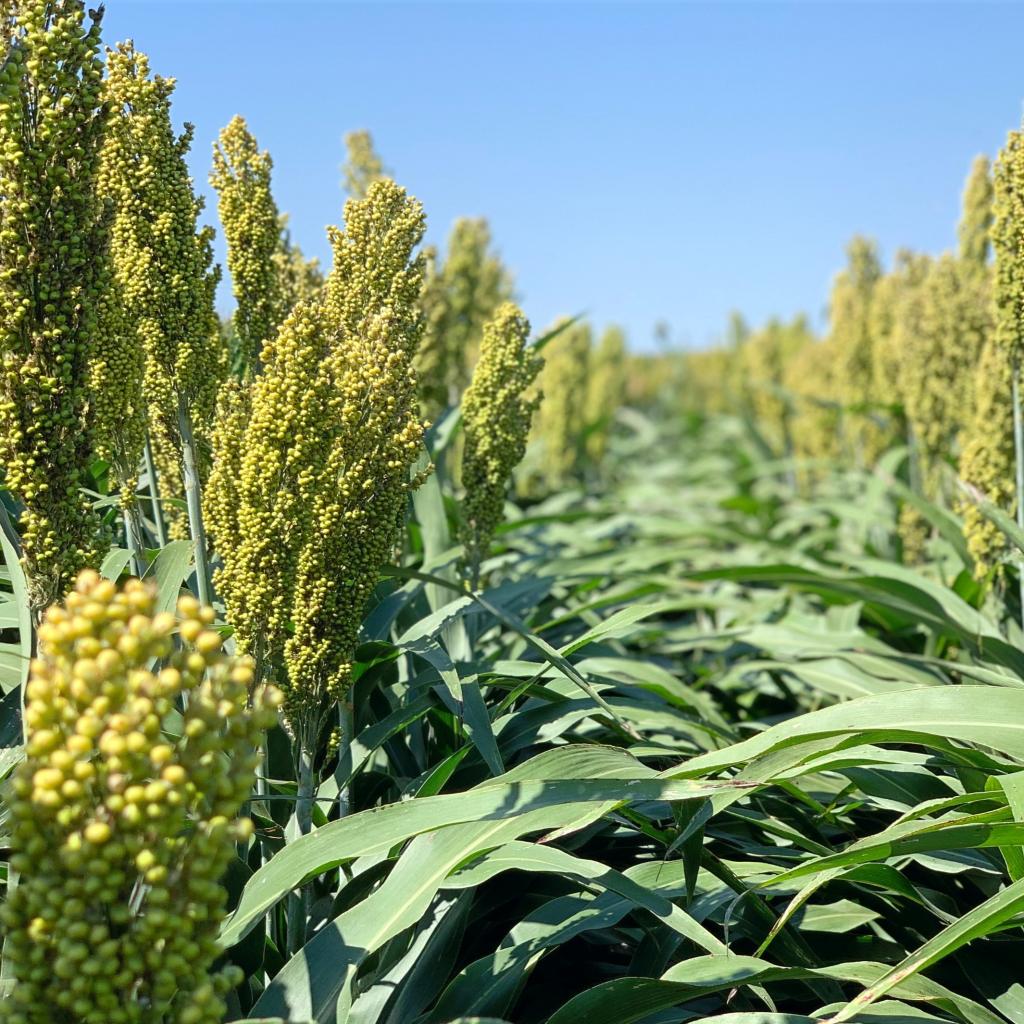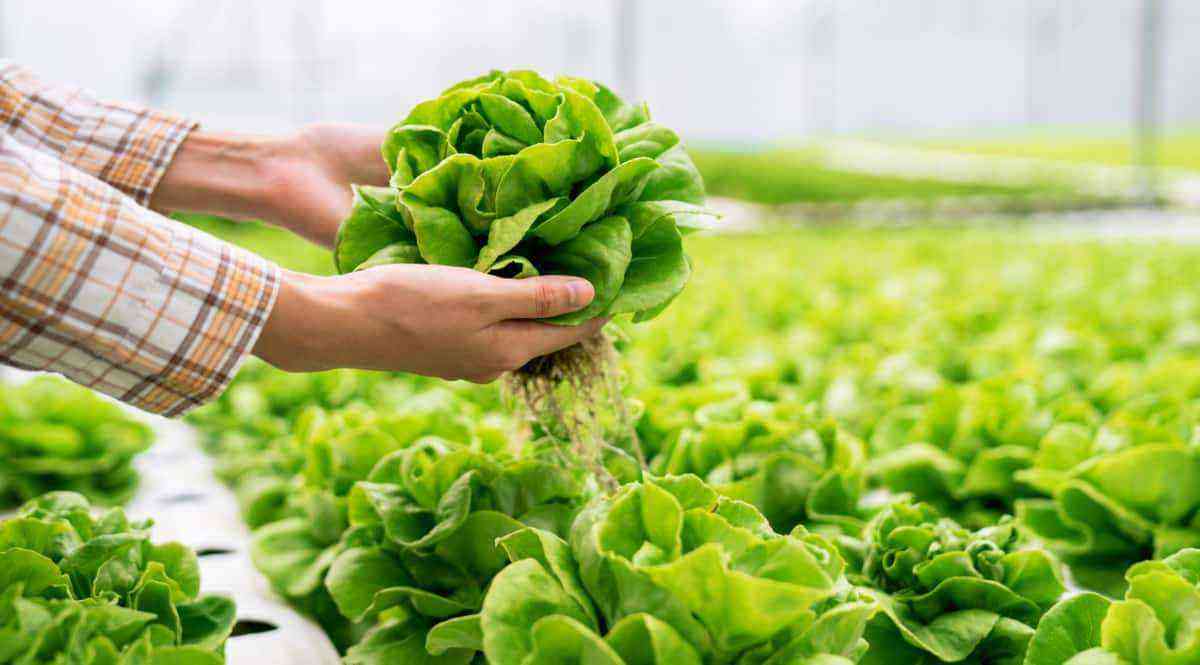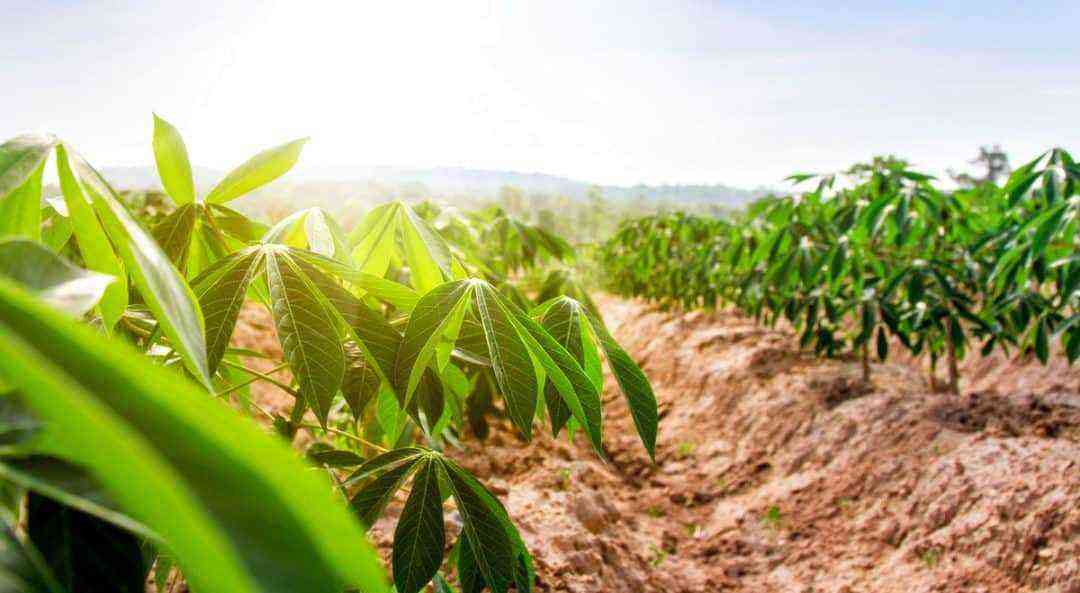Due to its nutritional qualities and ability to be used both as human food and as animal feed, corn is one of the most cultivated cereals in the world.
In this post we will be giving tips on how to plant corn. Production involves phases such as planning, soil preparation and types of planting. In fact, it is possible to carry out two harvests: the traditional one and also the planting of off-season corn, interspersed with other crops, such as soybeans.
If you are a corn producer or intend to invest in this crop, also visit our article on the impact of climate on corn production. Good reading!
Importance of corn
In Brazil, the last corn crop (2019) totaled 100,5 million tons, considered one of the largest ever recorded, according to a survey by the IBGE. Corn is the second largest crop of agricultural production in the country, second only to soybeans.
Brazil is one of the largest producers and exporters of corn. But a good harvest begins with the correct preparation of the soil for planting.
The success of this crop is such that in the 2019 harvest, Brazil surpassed the United States, becoming the largest corn exporter on the planet, with 44,9 million tons, a volume 88% greater than in 2018.
With origins in Latin America, corn is considered the food base for several cultures and has been present in Brazilian history, since the age of discovery. It has become traditional in national cuisine, when composing delicacies such as:
- Fool
- curau
- Porridge
- Hominy
- Popcorn
favorable weather condition
The satisfactory production of corn in Brazil is favored by the climatic conditions favorable to its planting.
Although it is more associated with hot climates, it is also possible to plant in areas with a milder climate, allowing the plant to adapt well to different types of soil.
In general, corn will need good light and moderate heat for its development.
corn planting
The first step in planting corn is to have a good plan. Initially, an area with good drainage should be chosen for planting, as it is highly susceptible to excess water in the early stages of development.
It is also important to be very careful with the soil that should not be acidic. In case this acidity is identified, a lime treatment to control it must be provided.
Before planting corn, the producer must pay attention to soil conditions, correcting nutrient deficiencies.
By the way, it is also necessary to carry out a soil analysis to identify the fertility and nutrients needed to obtain a more fertile soil.
One of the main nutrients for the corn crop is nitrogen, since a deficiency can compromise productivity.
For sloping areas, it is recommended that planting be done in a contour line, preventing flooding capable of destroying the plantation.
In this way, planting also facilitates the penetration of rainwater into the soil, benefiting the crop.
Soil preparation and corn planting
The soil must be prepared with a 20 cm deep plowing and, later, with a good harrow, so that the clods are broken and the soil is level.
Corn planting should be done in lines or with furrows that are 45 to 50 cm apart. Already the seeds of 20 in 20 cm.
The profitability of corn planting depends on several techniques. In the video below, check out the importance of proper use of fertilization and soil management.
Source: Carlos Pena Videos.
Types of planting
The system used for corn production will depend on the available resources and the planning developed by each producer.
No-tillage systems (SPD), for example, aim to cause less soil disturbance and preserve, as much as possible, residues from previous crops.
By being covered with straw and other residues, the soil is rich in organic matter, with less erosion and, consequently, with greater fertility. When opting for no-till, the producer must make a good agricultural planning, normally using straw and remains from the previous harvest.
In no-tillage, the soil, when covered with straw, is richer in nutrients, in addition to conserving moisture. All this contributes to better germination of corn.
If planting is done in the conventional way, it will also be necessary to plan all the soil preparation processes, in addition to defining how to conserve it.
Among the advantages of conventional planting are the initial reduction of invasive plants and increased water infiltration that will mainly benefit the initial phases of the crop.
corn harvest
After following all the tips mentioned above, when planting corn, and also paying attention to the stages of development of the crop and the attack of pests, the final stage of the harvest is the harvest that should be done only when the corn grains are very dry. .
To be sure, the grain can be pinched with the fingernail and, if it is not marked, it is ready to be harvested.
After harvesting, it must be kept in the cobs, warehouses or other deposits. For this, it is necessary that they are clean, airy, ventilated, dry and pest-free places.
Therefore, corn is an important agricultural crop for Brazil and, as we show in this article, the success of all crops starts with preparing the land for planting.
See also: Diseases in the off-season corn crop


